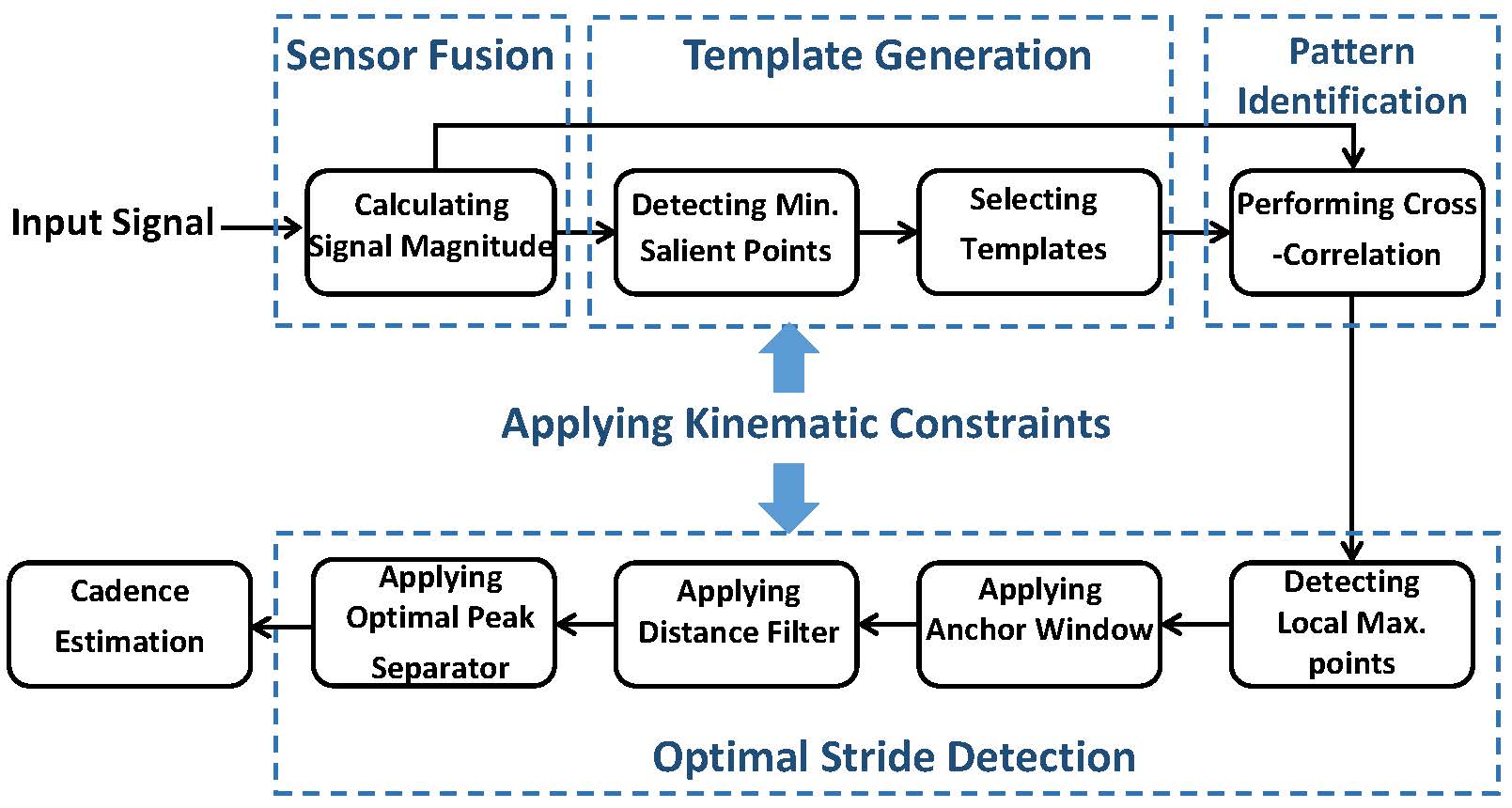Gait and Mobility

The utility of wearable sensors for continuous gait monitoring has grown substantially, enabling novel applications on mobility assessment in healthcare. Existing approaches for gait cycle detection rely on predefined or experimentally tuned platform parameters and are often platform-specific, parameter-sensitive, and unreliable in noisy environments with constrained generalizability. To address these challenges, we develop algorithms and tools for reliable, platform-independent, and reconfigurable gait cycle detection and step counting. We also study the utility of gait monitoring is various populations.
Embedded Machine Intelligence Lab
Research Lab
The current focus of our research in the Embedded Machine Intelligence Lab (EMIL) is on design, development, and validation of algorithms, tools, and technologies that enhance utilization and large-scale adoption of medical embedded systems. To validate and refine the new technology, we conduct clinical studies involving patients with heart failure, diabetes, cancer, visual impairment, and gait difficulties. Clinical studies are conducted in collaboration with partners from Elson S. Floyd College of Medicine, College of Nursing, College of Pharmacy, College of Education, and College of Agricultural, Human, and Natural Resource Science at WSU as well as our collaborators at Pullman Regional Hospital, UCLA School of Medicine, UCLA Stein Eye Institute, UC-Irvine Nursing Science, and Memorial Sloan Kettering Cancer Center (MSKCC). This end-to-end approach results in innovative, evidence-based and cost-conscious solutions for patients, doctors and medical centers.


![AI-Powered Detection of Freezing of Gait Using Wearable Sensor Data in Patients with Parkinson’s Disease [Abstract]](/publication/shovito-2024-mds-ai-powered-detection-of-freezing-of-gait/featured_hu907fb441c9a94fec6fb73f577dc03ae0_235292_150x0_resize_box_2.png)